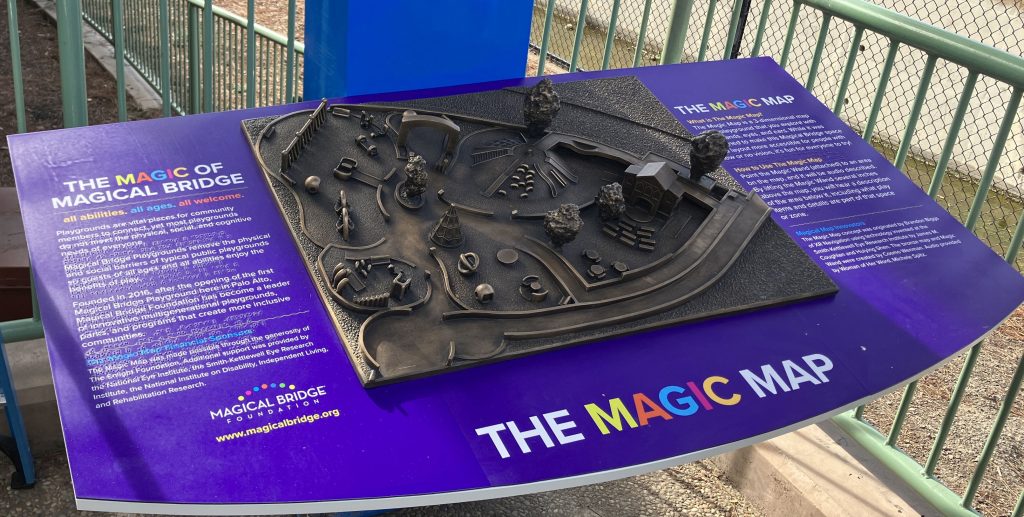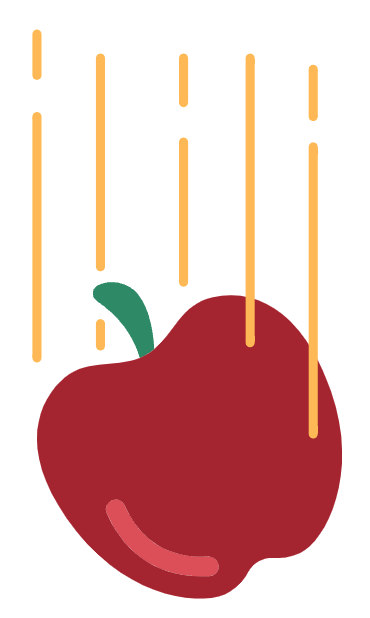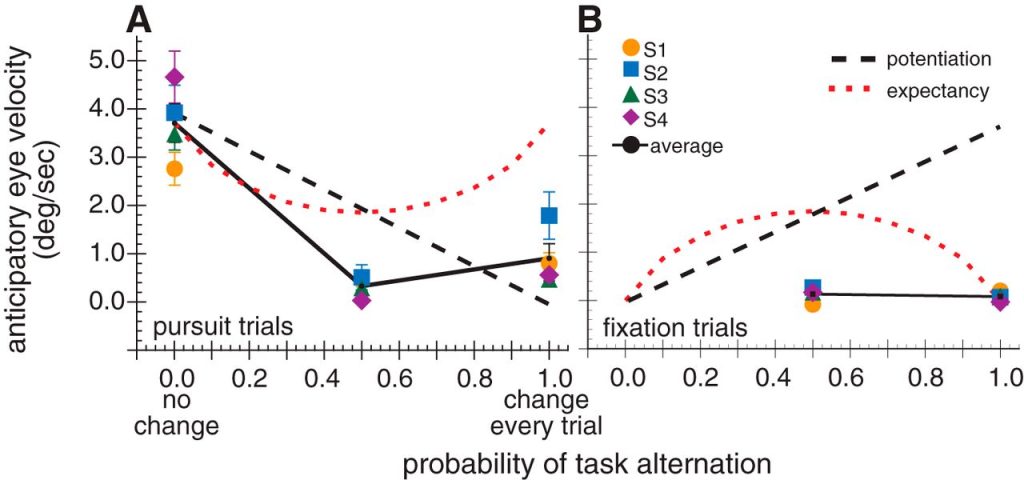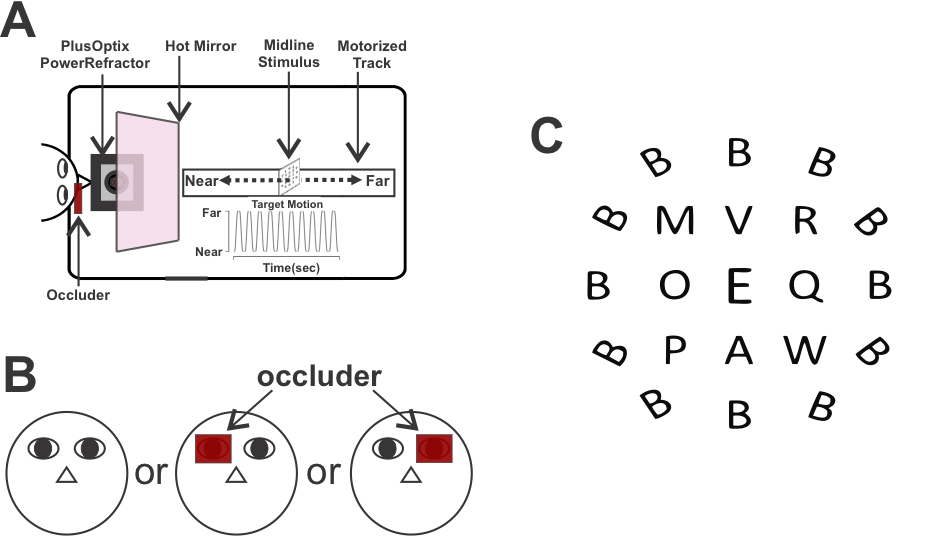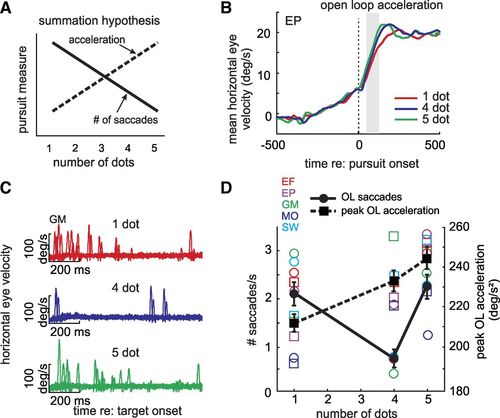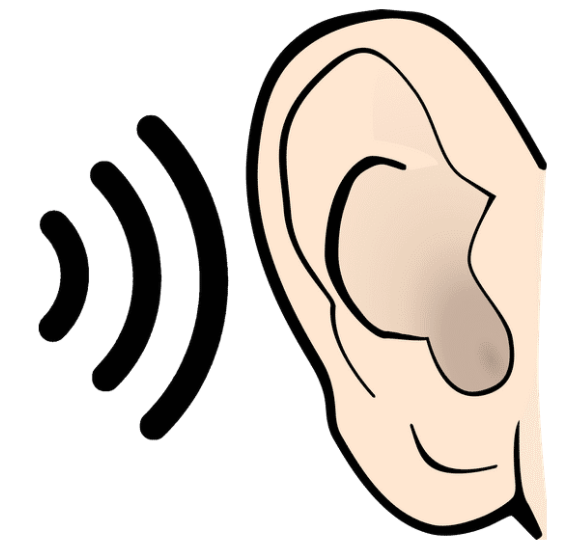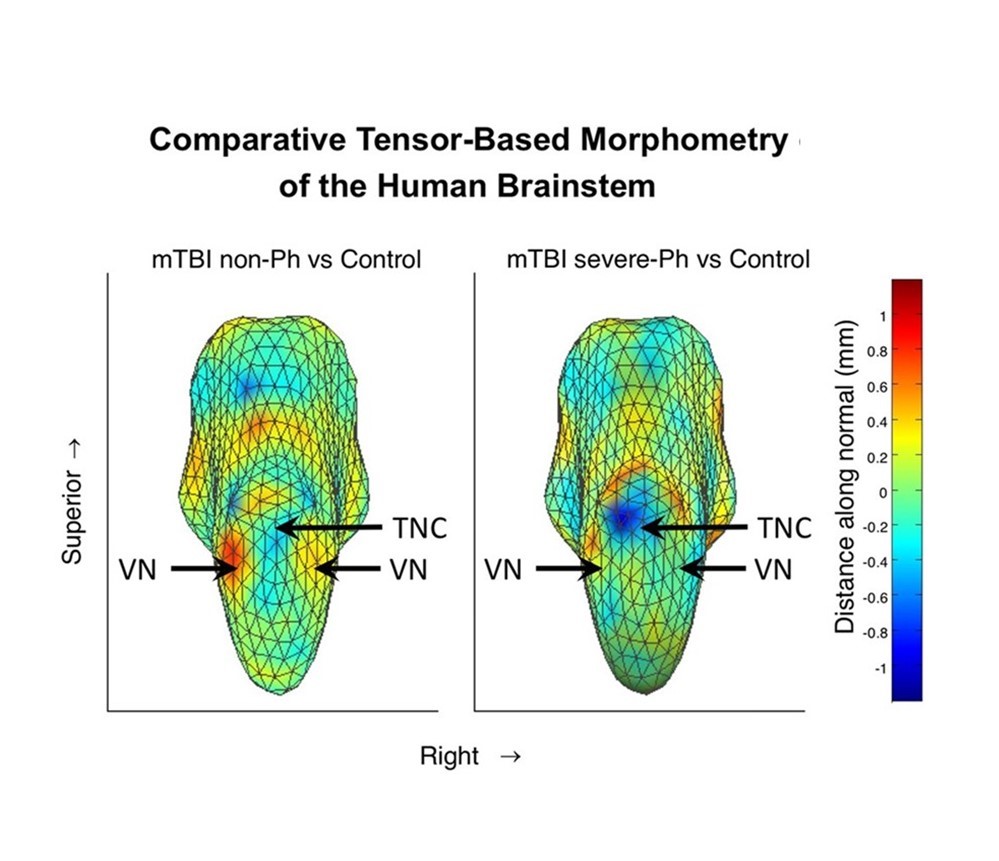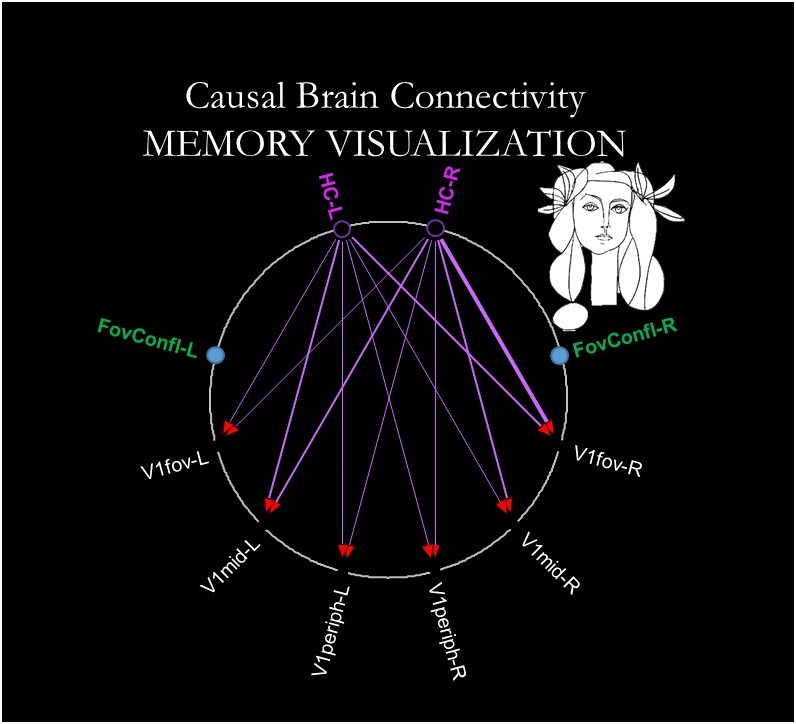Magic Map
The Magic Map is an interactive 3D map installed at the Magical Bridge Playground in Palo Alto, California. It consists of a 1/100 scale 3D bronze representation of the playground, which includes over seventy play structures organized into multiple play zones and paths. When the user’s index fingertip touches a specific feature on the map, the name and description of the feature are read aloud in audio. This interactivity allows visitors with visual impairments to navigate the map without requiring them to read braille.
